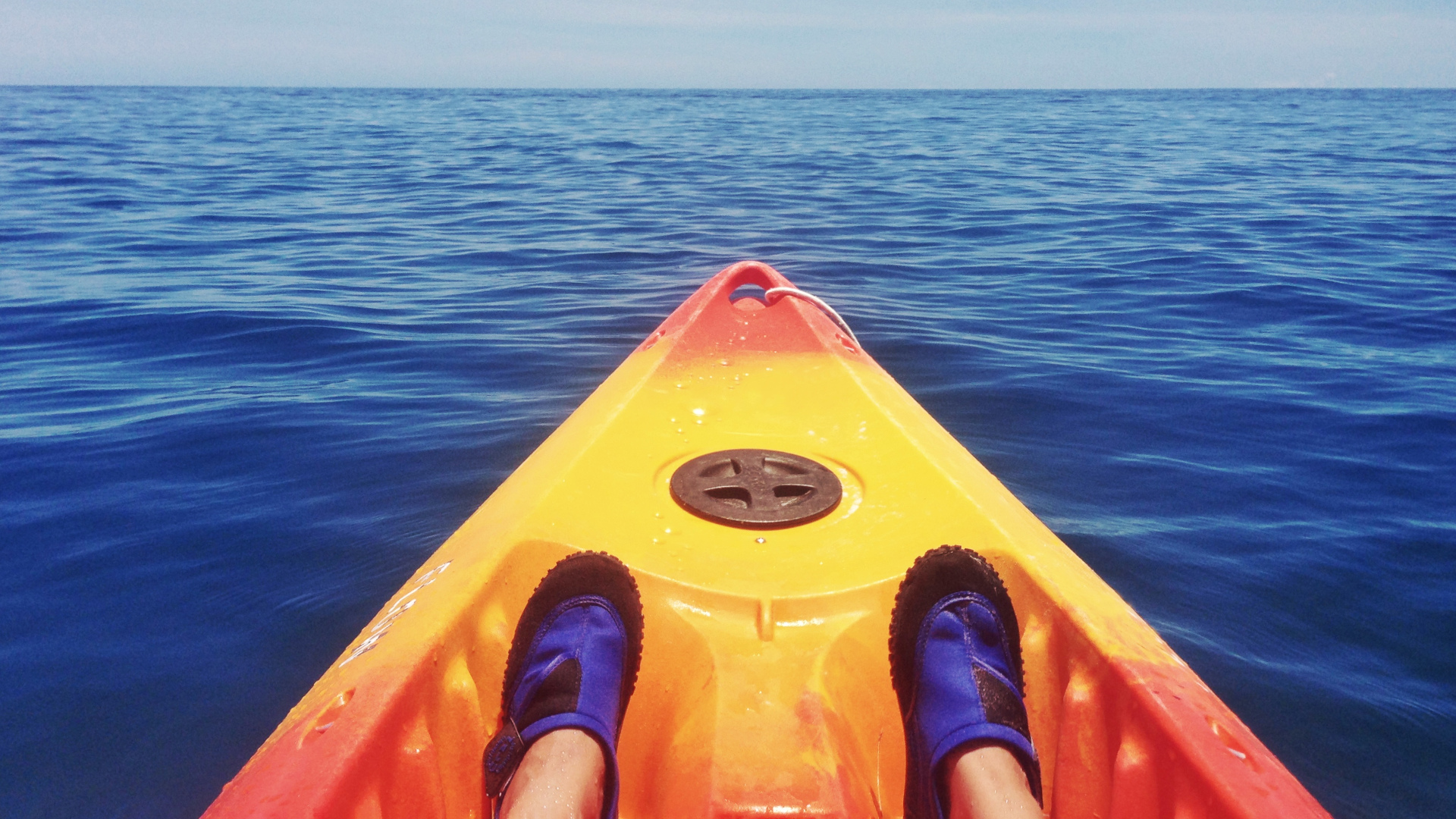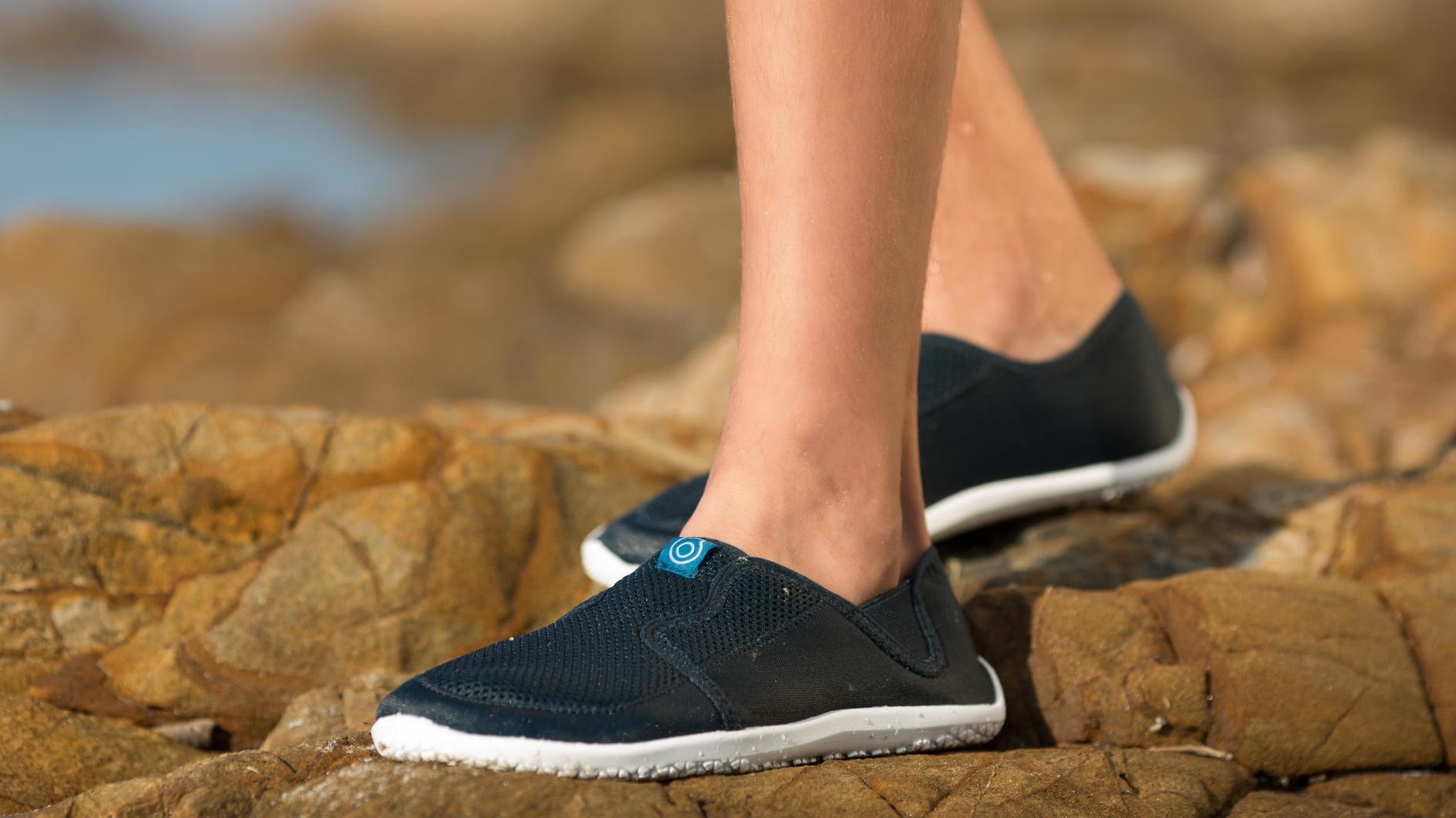Water shoes vs water sandals: which should you pick?
We weigh up water shoes vs water sandals to help you make the right choice for your aquatic adventures

Whenever warmer weather starts to beckon, most of us begin to dream of getting in the water. Whether that means wild swimming on your hikes, a spot of mackerel fishing or hauling your SUP board or kayak out of storage, you’re going to want a good pair of shoes meant for getting wet and avoiding nasty slips and falls. But which kind do you need? Something highly technical that can cross over to other activities, or a basic pair of beach shoes? We’ve tested a bunch of them out over the past couple of years, so here we weigh up water shoes vs water sandals to help you make the right choice for your aquatic adventures.
Water shoes vs water sandals: what’s the difference?
You could definitely say that water shoes is an umbrella term for any type of footwear – closed-toed, open-toed, slip-on, lace-up – designed for water activities like wild swimming, SUPing, kayaking, sailing, fishing and surfing. For our purposes, however, we’re separating them from water sandals, which are open-toed shoes designed for some or all of those activities, and using the term "waster shoes" only for close-toed varieties. Within each type of footwear, you can find more basic versions and technical models, but we’ve done our best to present some important differences so you don’t end up trying to go rock climbing in sandals or paying too much money for paddling footwear.

Water shoes vs water sandals: protection
Because water shoes have a closed-toe design, they almost always offer more protection against jagged rocks and other hazards than an open-toed sandal. How much protection you get obviously differs depending on the style – the Decathlon Aquashoes 500 will protect against abrasive rock but with their light mesh uppers, may not be enough against bigger boulders, whereas the Chaco Torrent Pro shoes are burlier with reinforced toes and heels. If you’re going to be crossing rugged terrain in your shoes or using them across other activities like hiking, you’ll probably want more protection and reinforced toes.

Water shoes vs water sandals: grip
If you’re expecting to be moving around on very slick surfaces, you’ll be looking for water footwear with great grip and it’s hard to compare all water shoes to all water sandals in this regard. It is true, however, that a water shoe intended for more multi-purpose use, such as the Astral Brewer 2.0/Brewess 2.0, is likely to feature better grip than a sandal because it’s intended to see more types of surfaces. Whichever you choose, when it comes to grip, look for a design with a tough rubber sole that has deep lugs.

Water shoes vs water sandals: versatility
Speaking of multi-purpose shoes, water shoes are more likely to serve multiple uses. This isn’t always the case, for example the Helly Hansen Crest Watermoc shoes are really just for wild swimming, but shoes like the Vivobarefoot Esc Tempest can be quite technical and are designed for running in during SwimRun events, while some are even good for basic scrambling, so you get more for your money in a pair of shoes.
Water sandals like the Keen Astoria West are usually best for paddling and water sports, though they can also double as beach shoes for when you’re on holiday. To get around this, you could opt for a pair of hiking sandals instead that are more robust for the trails but can get wet such as the Merrell Choprock Sieve.

Water shoes vs water sandals: convenience
When you’re slipping your shoes on and off a lot, having to re-tie laces or even struggle to get wet feet in slip-on shoes that have a tight collar can be a real pain. Water sandals, on the other hand, are always easy to get on and off thanks to their velcro straps.
All the latest inspiration, tips and guides to help you plan your next Advnture!

Water shoes vs water sandals: price
If your choice is ultimately coming down to brass tax, in general you can expect to shell out more for a pair of water shoes than water sandals, but that’s definitely not a hard-and-fast rule either. A really basic pair of water shoes like the Speedo Zanpa AM come at bargain prices of under $30, whereas a more technical water sandal like the Merrell Choprocks will set you back over $100. Basically, if you want budget-friendly prices in either category, you’ll get a more basic model in return for your investment, whereas for a technical shoe or sandal, expect to fork out more.
| Header Cell - Column 0 | Water shoes | Water sandals |
|---|---|---|
| Protection | Better protection, especially if the toes are reinforced | Less protection against rocks |
| Grip | Depends on the shoe, but more technical version will have good grip | Varies according to the sandal, but less likely to be technical |
| Versatility | Some designs are meant for hiking, scrambling and running as well as water sports | Mostly for water sports |
| Convenience | Can be more difficult to slip on and off, especially with wet feet | Easy to strap on and off |
| Price | Usually more expensive than a sandal, but budget-friendly models are available | Usually budget-friendly |
Water shoes vs water sandals: the verdict
There’s enough overlap between water shoes and water sandals and enough differentiation within each product that this decision isn’t exactly the same as weighing apples and oranges. For the best protection and a more versatile piece of footwear, however, look into water shoes, whereas if you just want something that offers you a bit of grip for paddling and is easy to pull on and off, you’ll be happy with a water sandal.
Julia Clarke is a staff writer for Advnture.com and the author of the book Restorative Yoga for Beginners. She loves to explore mountains on foot, bike, skis and belay and then recover on the the yoga mat. Julia graduated with a degree in journalism in 2004 and spent eight years working as a radio presenter in Kansas City, Vermont, Boston and New York City before discovering the joys of the Rocky Mountains. She then detoured west to Colorado and enjoyed 11 years teaching yoga in Vail before returning to her hometown of Glasgow, Scotland in 2020 to focus on family and writing.

